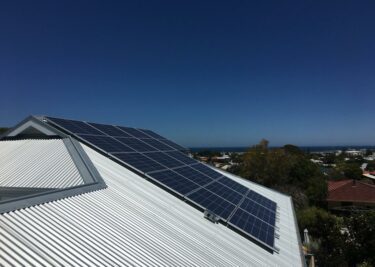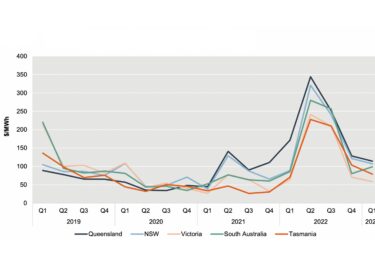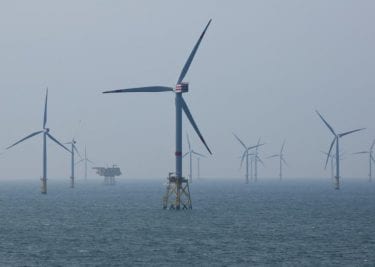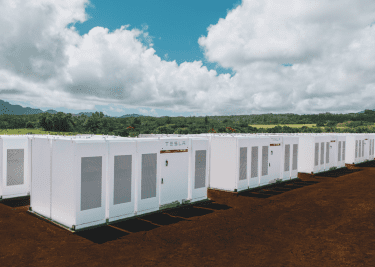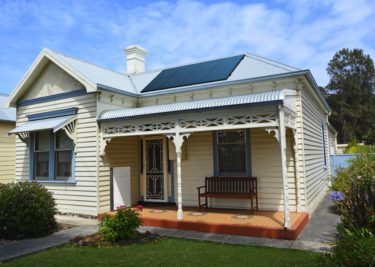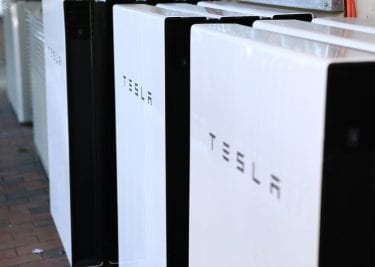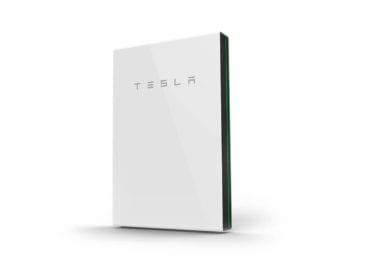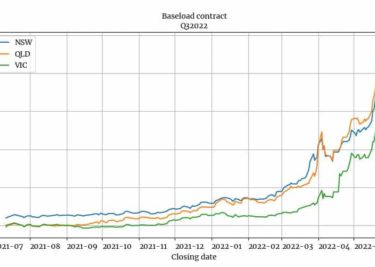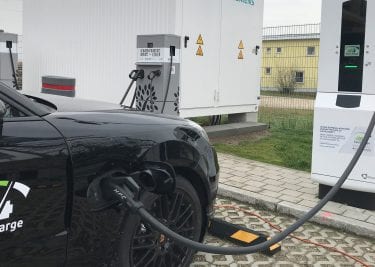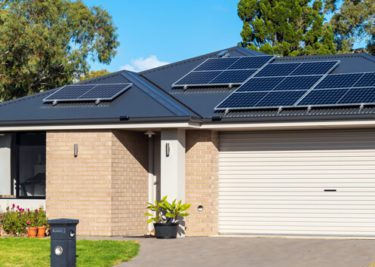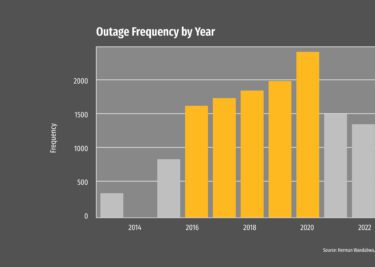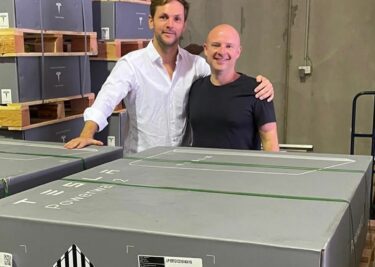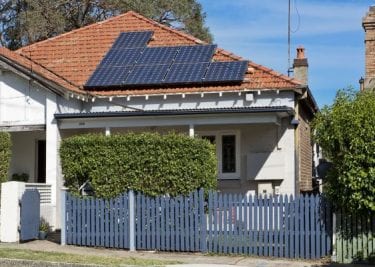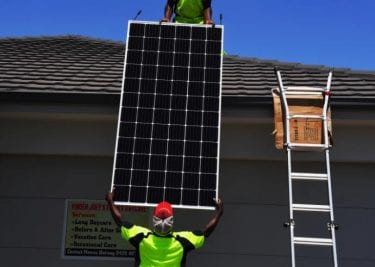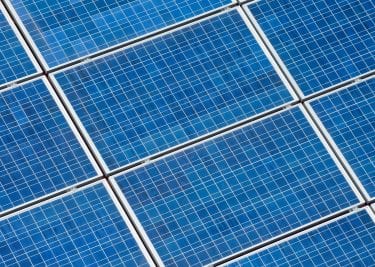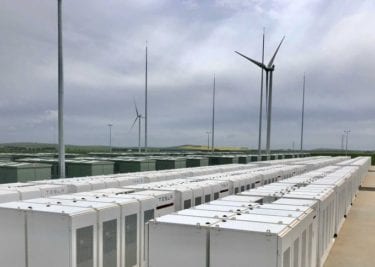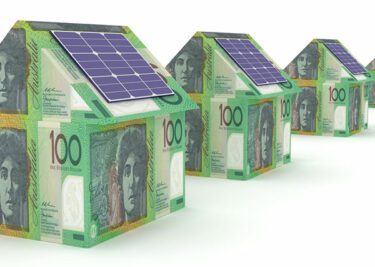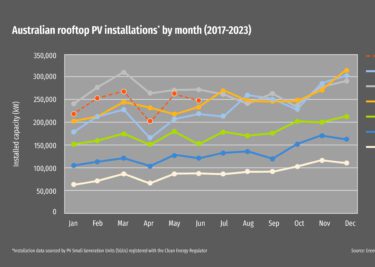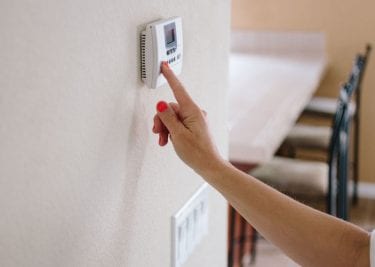
Whilst widely criticised for being expensive or inefficient, solar technology has come a long way and has now proved to be extremely beneficial – not only for the environment but also for many households and businesses.
There are so many advantages of solar panels and solar batteries. More and more people are doing their bit for clean energy and reducing the burning of fossil fuels, whilst saving.
Here are the top 5 benefits of solar and battery:
- SAVE with lower power bills
- EARN money from your excess electricity
- ADD value to your home
- REDUCE the impact on the planet
- CLEAN renewable energy source
When it comes to solar PV research and development, Australia’s capability is world-leading. And with Australia being one of the most sun-rich countries in the world, solar energy is an ideal and a smart choice.
Is solar power affordable?
These are exciting times when it comes to the adoption of solar energy.
Because of the federal incentives and rebates available in most states, Australia has the lowest solar PV system prices in the world that is why as of October 2020, according to energy.gov.au, more than 2.59 million rooftop solar power systems have been installed across Australia.
With solar battery storage now available like the Tesla Powerwall 2, it is also possible to further reduce your power bill with energy storage. You can run your house almost entirely off solar with your own home energy. Read on our Tesla Powerwall landmark story.
In NSW, the government recently expanded the Empowering Homes Solar and Battery Program. The scheme aims to provide interest-free loans for solar-battery systems to eligible NSW households. Check your eligibility and find out more.
Natural Solar makes switching to a solar system so much easier. Find out if you are eligible for solar panel system and battery system upfront rebates and ongoing returns.
So… how many solar panels do I need to power my house?
Generally, you would want to produce sufficient solar power to cover 100% of your electricity bill. Your solar panel system must produce enough power to meet your household energy consumption. Your energy bill is key to knowing how much kilowatt-hours (kWh) your home is using. You will then have an idea what type of solar system you require and how many solar panels are needed to power your house.
Typically, an average Australian home needs about 15 to 20 solar panels to fully offset power usage (dependent on location and roof size). Get more information by getting a Quick Solar Quote today.
What about battery storage, such as the Tesla Powerwall 2?
Yes to battery storage system and yes to Tesla Powerwall 2. For energy-conscious consumers, home battery storage is a hot item. This is mostly true to those who have an existing solar system. If you have existing solar on your roof, an energy storage system offers some obvious benefit to storing your unused electricity in a storage battery to use at night or on low-sunlight days. This obviously applies to new solar panel owners too.
Here are our recommended best solar battery brands in the market:
- Tesla Powerwall 2
- sonnenBatterie hybrid 9.53
Read more on solar battery storage, what it does and how it can help you here.
Some Councils are supporting sustainable home energy. If you are Kuring-gai resident your solar panel, solar batteries and solar batteries system may qualify for an Energy Smart rebates. This rebate is available exclusively for Kuring-gai residents to reduce your energy and water bills and improve the local environment.
Natural Solar is the leading and largest Australian installer of battery power, and a trusted authority on Australia’s renewable energy industry. Our 10+ years of experience has given us a keen sense of our clients’ needs and how best to meet them. So whether you’re in Sydney, Melbourne, Adelaide, Brisbane, Perth, Hobart, or anywhere in between, we can help you get the right solar energy solution.


